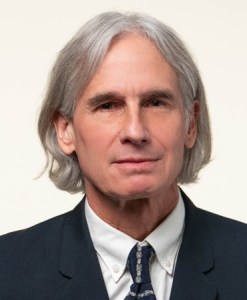We introduce permanently-shifting income shares into a growth model with two types of agents. The model exactly replicates the U.S. time paths of the top quintile income share, capital’s share of income, and key macroeconomic variables from 1970 to 2014. Welfare effects depend on changes in the time pattern of agents’ consumption relative to a counterfactual scenario that holds income shares and the transfer-output ratio constant. Short-run declines in workers’ consumption are only partially offset by longer-term gains from higher transfers and more capital per worker. The baseline simulation delivers large welfare gains for capital owners and nontrivial welfare losses for workers.
About the Authors
Kevin Lansing is a senior research advisor in the Economic Research Department of the Federal Reserve Bank of San Francisco. Learn more about Kevin Lansing
